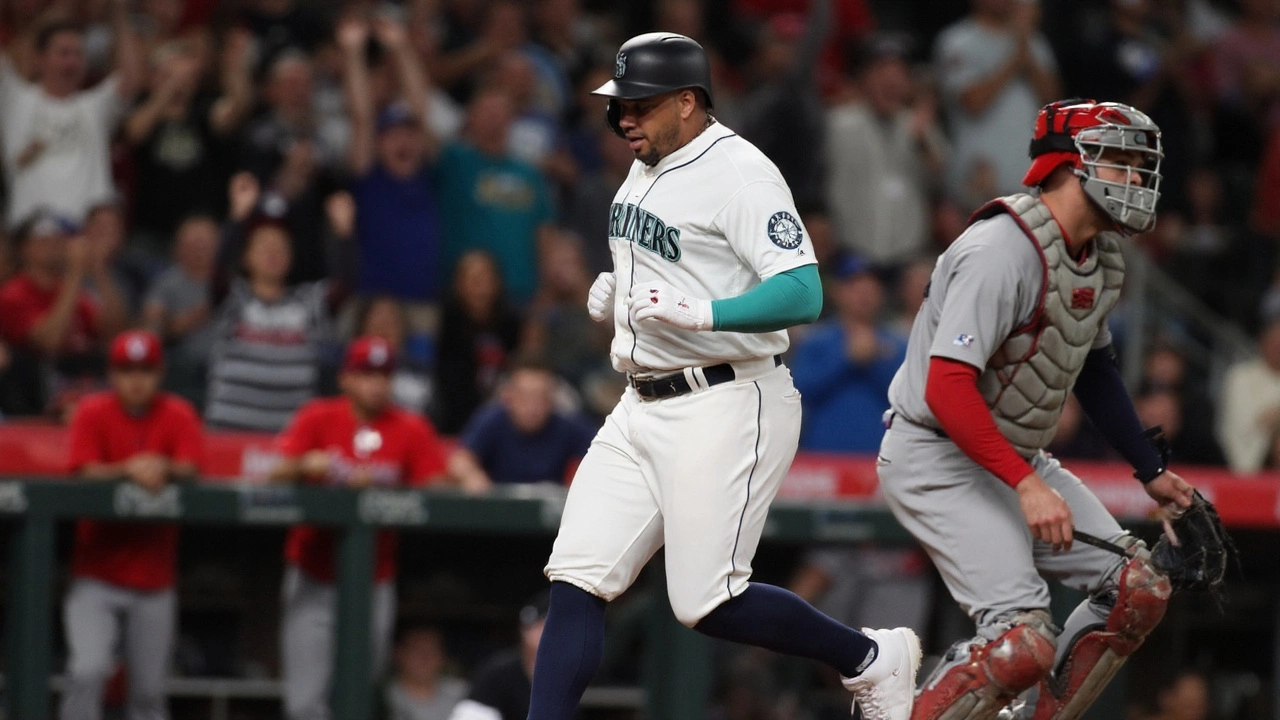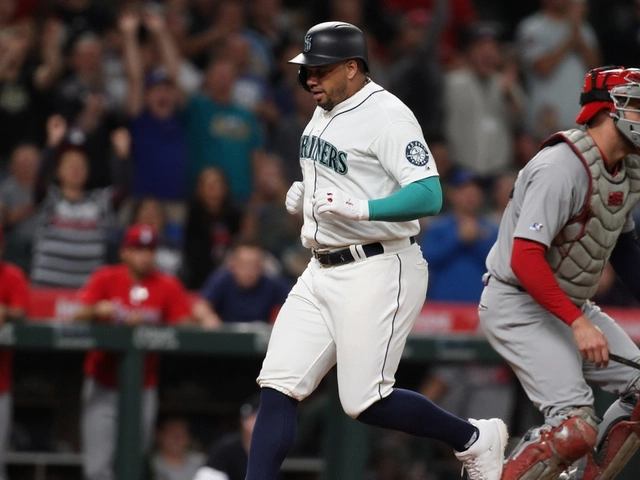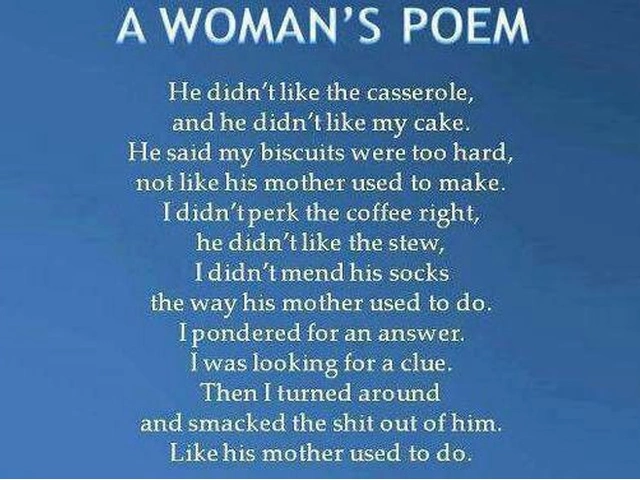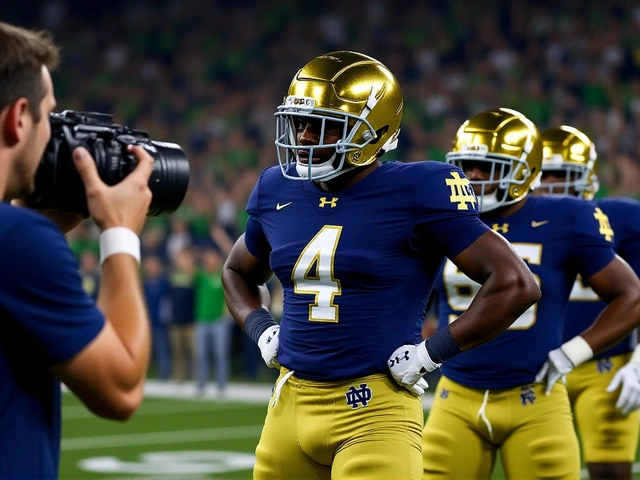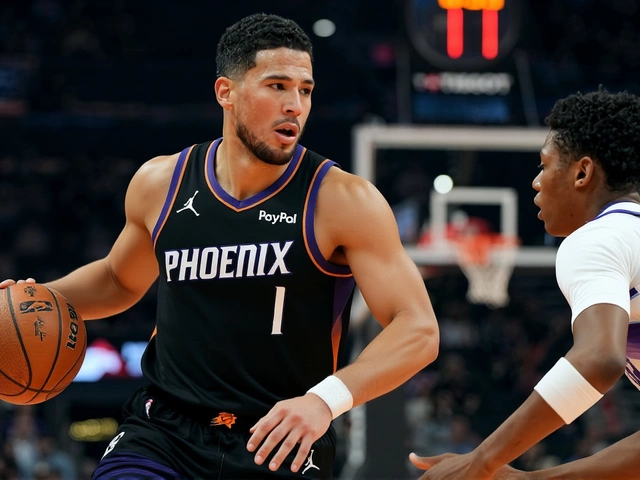Down two runs early, Seattle didn’t blink. One swing flipped the script, and by night’s end the home crowd at T-Mobile Park was roaring about something bigger than a single win: the division race tightening by the day.
The Seattle Mariners rallied past the St. Louis Cardinals 5-3 on Tuesday, a steady, grown-up kind of win that underscored why this late-season push feels real. Randy Arozarena drove in four runs, including a no-doubt three-run homer, and Seattle’s bullpen locked down the final frames to move the club within one game of the AL West lead.
St. Louis landed the first punch. In the second inning, Nolan Gorman ripped a double to left that scored Willson Contreras, and Tommy Saggese followed with a sharp RBI single to deep center, making it 2-0. For a few minutes, the visitors had pace and pressure. Then the Mariners changed everything in the span of one inning.
In the third, Jarred Calwell and Victor Robles reached to set the table, and Arozarena cleared it. He turned on a pitch and sent it screaming to left for his 27th homer, a three-run blast that put Seattle up 3-2 and tilted the night. Arozarena didn’t overswing; he got a pitch he liked and let his hands do the work. It was a calm swing with loud results.
St. Louis briefly answered in the fourth. Saggese crossed on an infield knock by Fermin to tie it 3-3, but the tie didn’t hold. Josh Naylor ambushed a pitch in the bottom half, sending a solo shot to right that restored the lead. A few batters later, Arozarena added a sacrifice fly to right, scoring Mitch Garver and moving Robles to third. That made it 5-3, and the score never changed again.
Arozarena sets the tone
Arozarena’s four RBIs weren’t just big in the box score; they framed the game. The three-run homer flipped momentum, and the sacrifice fly was the mature, situational piece that teams need in September. He picked his spots and didn’t chase.
Naylor’s solo homer mattered for more than one run. It came right after St. Louis tied the game, the kind of gut-check response that turns tense nights into manageable ones. Seattle kept pressure on with traffic and contact, forcing the Cardinals to defend and pitch under duress.
Robles and Calwell did their part by getting on base ahead of Arozarena’s big swing. Garver’s read on the sac fly added another small edge. Nothing flashy there—just clean baseball that stacks runs.
George Kirby’s start was more grind than gem. He didn’t have his sharpest sequence early and gave up the initial damage, but he limited the avalanche and kept the game reachable. That’s often the quiet difference on nights like this: not letting a two-run frame become a four-run mess. When Seattle needed length, he provided enough. When it shifted to a bullpen game, the relievers did their job without drama.
Caleb Ferguson got the win, improving to 4-4, after bridging a tricky pocket of the lineup and handing off a lead that held. He didn’t overcomplicate things—strike one, work ahead, trust the defense. From there, the rest of the relief crew kept St. Louis off the board, shrinking the night inning by inning until the final out.
On the other side, Matthew Liberatore took the loss, dropping to 7-12. The Cardinals had their chance after the quick 2-0 jump, but the lineup went quiet once Seattle settled into its rhythm. From the fourth inning on, St. Louis didn’t find the same hard contact it had early, and the game tilted toward the Mariners’ run prevention and bullpen pacing.
There were still bright spots for the Cardinals. Gorman’s opposite-field pop continues to play, and Saggese—whose bat-to-ball skill shows up in tough situations—put together quality at-bats. But the bigger picture looms: St. Louis fell to 72-74 and sits 17 games behind Milwaukee in the NL Central. That gap changes the late-season calculus. The Cardinals are giving runway to emerging pieces and looking for stability they can carry into next year.
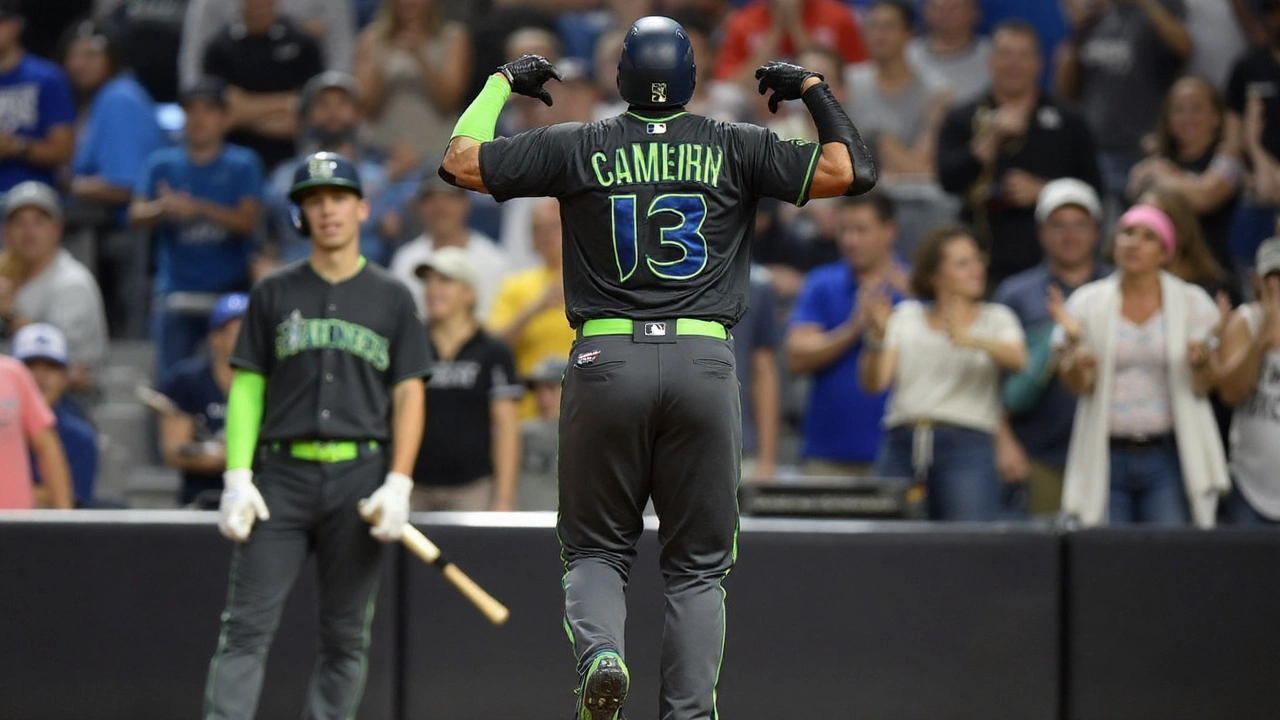
What it means for the AL West race
For Seattle, this was about more than beating a team from the other league. It was a proof-of-concept win—come from behind, push across runs in multiple ways, lean on power when it’s there and contact when it isn’t, and then let the bullpen airlock the game shut. That’s the kind of mix that travels through September.
The standings tell the story: one game back of the Houston Astros in the AL West. The margin for error is thin, the value of each clean inning massive. Seattle has built its second-half run on sharper at-bats, steadier defense, and a lineup that no longer needs to live on a single star. Arozarena has carried a heavy load lately, but the cast around him has learned how to turn singles into rallies and rallies into crooked numbers.
There’s also something to be said for how Seattle handled the game’s rhythms. After surrendering the early lead, the Mariners refused to force it. They took what was there—advance a runner, lift a fly ball, jump a fastball when it leaked over the plate. That’s not a style note; that’s how teams bank wins in pressure weeks.
The bullpen’s calm finish matters, too. September games get messy: longer at-bats, squeeze plays, hard slides breaking up double plays. This one didn’t. Seattle threw strikes, kept the ball in front of outfielders, and kept the infield from chasing. Those are good habits when the clock runs short on the regular season.
For St. Louis, the plan is different but clear: learn from the losses that look like this one. Get the early thump, sustain it with traffic, and avoid the one crooked inning that flips everything. The Cardinals had base runners in the middle innings but couldn’t find the final swing. Against a contender playing for first place, that gap shows up in neon.
Key moments that swung the game:
- Third-inning jolt: Calwell and Robles aboard, Arozarena unloads for a three-run homer and Seattle’s first lead.
- Immediate answer: After St. Louis ties it 3-3 in the fourth, Naylor restores the lead with a solo shot to right.
- Small ball pays: Arozarena’s sacrifice fly later in the fourth pads the cushion to 5-3.
- Quiet close: Seattle’s relievers stack zeroes and strip the drama from the final innings.
The series wraps with game three, and both dugouts know what’s on the line—momentum and, for Seattle, positioning. Win the finale, and the Mariners keep pressing on the Astros’ shoulder. Drop it, and you burn another day on the calendar. That’s the season now: every swing, every mound visit, every clean throw to second.
For the fans at T-Mobile Park, nights like this have a feel to them. The at-bats get a little grittier, the defense a little tidier, and the scoreboard starts to look like a path rather than a snapshot. Seattle is playing the kind of baseball that holds up under stress. Arozarena is giving them star production, Naylor is delivering punch in support, and the pitching staff—starters and bullpen together—is keeping the floor high even when the ceiling isn’t reachable.
There’s work left, no question. The division isn’t won by being close; it’s won by staying relentless. But the shape of this win fits the shape of the race. Seattle fell behind, didn’t panic, and found several ways to score. The Cardinals had chances, and Seattle simply outlasted them. That’s the template when the margins get thin.
Next up: game three, same ballpark, same stakes, fewer tomorrows on the schedule. If the Mariners keep stacking nights like this, that one-game gap won’t stay put for long.
